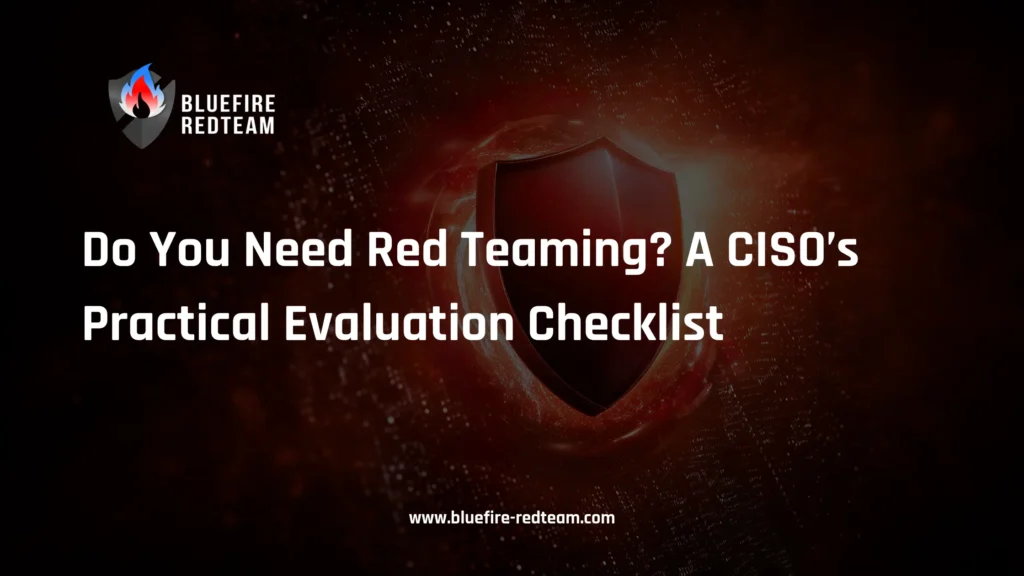Executive Summary: Red Teaming as the New Litmus Test for Cyber Resilience
Every CISO faces the same question each year during strategic risk reviews:
“Do we actually need a red team exercise this cycle—or will our pen tests and control audits suffice?”
Red teaming isn’t just a catchphrase for offensive security anymore. These days, it serves as a board-level indicator of cyber resilience maturity, allowing you to confirm whether your defences are capable of withstanding an attacker who poses as a legitimate threat actor.
This guide provides a useful, evidence-based checklist to help you determine whether it’s time to commission a red team as part of your organization’s risk assessment.
Read More: Red Team Assessments: The Ultimate Guide to Enhancing Your Cybersecurity Posture
What Red Teaming Really Tests (and Why Pen Tests Aren’t Enough)
Most CISOs already conduct:
- Regular vulnerability scans
- Annual penetration tests
- Incident response tabletop exercises
Yet, red teaming goes further. It’s the closest simulation of a real-world breach without the headlines.
| Exercise | Scope | Focus | Outcome |
|---|---|---|---|
| Vulnerability Scan | Broad | Known weaknesses | List of issues |
| Pen Test | Defined | Exploitable flaws | Proof of exploit |
| Red Team | Adversarial | Detection, response & resilience | True risk validation |
Red teaming asks:
- Can your blue team detect and contain a stealth attack?
- Would your business continuity processes actually work?
- Does your cyber insurance assume false readiness?
These are risk questions, not IT questions—and that’s exactly why they belong in your annual assessment.
Read More:
- Defining Red Teaming Objectives: How to Align with Your Business Risks and Security Goals
- Red Teaming vs. Penetration Testing: What Security Buyers Need to Know
- Video: Pentesting vs. Red Teaming: What’s Right for Your Organization?
- Red Teaming vs. Pen Testing: How to Choose?

The CISO’s 10-Point Evaluation Checklist
Use the following diagnostic to determine if your organization should prioritize red teaming this year.
Score yourself 0–2 points for each item (0 = No / 1 = Partial / 2 = Yes).
Download the CISO’s 10-Point Evaluation Checklist PDF
| # | Question | Score |
|---|---|---|
| 1 | Has it been more than 24 months since your last red team or adversary emulation? | |
| 2 | Have major infrastructure or identity changes occurred (e.g., cloud migration, M&A, Zero Trust rollout)? | |
| 3 | Do your board or auditors request independent validation of detection and response? | |
| 4 | Is your mean time to detect (MTTD) above 30 days for internal breaches? | |
| 5 | Do you lack continuous purple-team or threat emulation exercises? | |
| 6 | Have prior tabletop exercises revealed gaps that weren’t validated technically? | |
| 7 | Are you onboarding new security leadership or SOC vendors? | |
| 8 | Does your risk register still rely on “assumed controls” instead of tested outcomes? | |
| 9 | Are you expanding into new geographies, regulations, or high-value data environments? | |
| 10 | Do you have business units handling transactions or IP that would be catastrophic if disrupted? |
Scoring Guide:
- 0–6: Low urgency. Focus on detection tuning and tabletop exercises.
- 7–13: Medium urgency. Consider scoped adversary simulations on crown-jewel assets.
- 14–20: High urgency. A full-scope red team is overdue—your risk picture is likely inaccurate.
Read More: How to Prepare for a Red Team Engagement (CISO’s Checklist)
Red Teaming as a Board-Ready Risk Signal
In addition to technical validation, red team results are now being used by contemporary CISOs as proof for board risk reporting.
Here’s how it supports your governance objectives:
| Risk Goal | Red Team Contribution |
|---|---|
| Control Assurance | Tests the actual detection & response capabilities in live conditions. |
| Audit Readiness | Provides independent verification of control effectiveness. |
| Incident Preparedness | Benchmarks your response time and cross-team coordination. |
| Board Communication | Translates cyber risk into measurable business impact. |

When you can show the board an objective “attack chain → detection → containment” timeline, you’re giving them tangible, defensible proof of resilience.
Read More: Elevate Security: The Power of Red Teaming
When NOT to Red Team
Not every organization is ready.
You should postpone red teaming if:
- You don’t yet have a functioning SOC or detection pipeline.
- Core security controls (MFA, EDR, logging) are still incomplete.
- Your incident response team has never completed a full tabletop.
In those cases, a purple-team engagement may deliver faster ROI and prepare you for red teaming in the next risk cycle.
Read More: What is a Purple Team Exercise? A Complete Guide for 2025
Making the Business Case: ROI in Three Metrics
If your checklist score shows “High Need,” you’ll need to justify investment.
Here’s the ROI lens successful CISOs use:
- Mean Time to Detect (MTTD) — measurable reduction after each red team cycle.
- Control Validation Cost vs. Exposure Reduction — calculate cost per mitigated gap.
- Business Impact Confidence — assurance percentage used in board reporting.
Use these metrics to connect technical improvement to financial risk reduction.
Key Takeaway: Red Teaming Is Risk Assessment 2.0
Red teaming isn’t an offensive exercise—it’s a strategic risk validation tool.
If your detection and response programs are mature but unverified, this is your next logical step.
The decision isn’t “if you’ll be attacked”—it’s when you’ll know how you respond.
Download the CISO Red-Team Decision Checklist (Free PDF)
Get a printable version of the 10-question diagnostic, plus:
- A scoring rubric (Low/Medium/High Need)
- A board-facing one-page summary template
- Guidance on when to select Red, Purple, or Pen Tests
Book a 30-Minute CISO Red-Team Briefing
If your score indicates “High Need,” let our senior Red Team lead walk you through:
- Current attack surface risk patterns in your sector
- How peers are embedding red teaming into risk assessments
- Recommended engagement structure and ROI baseline


